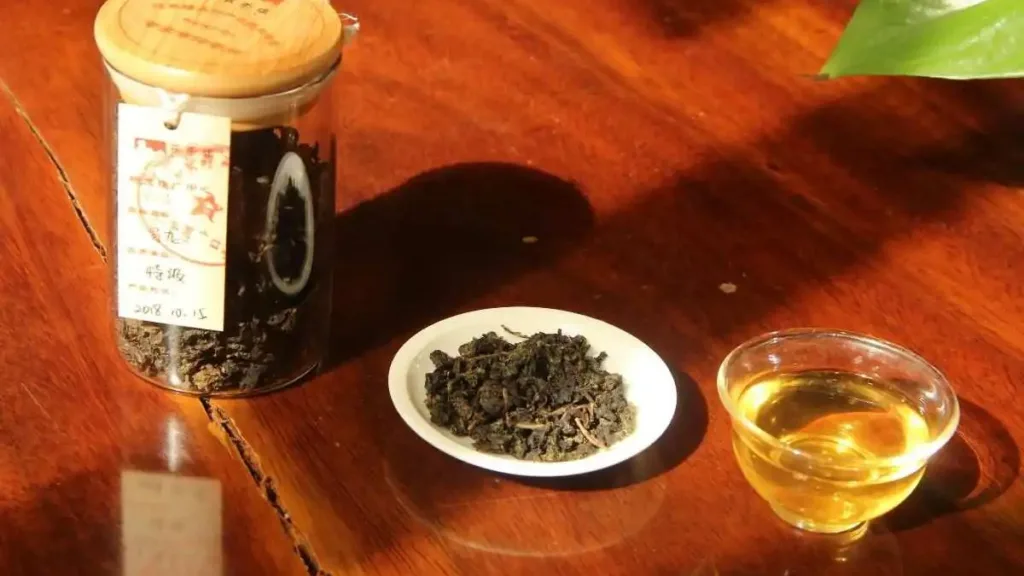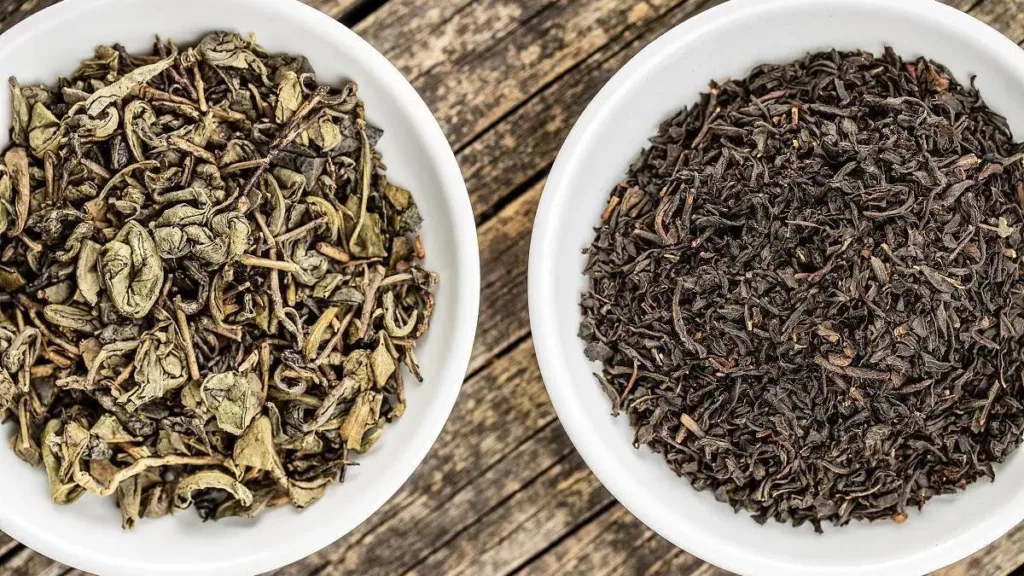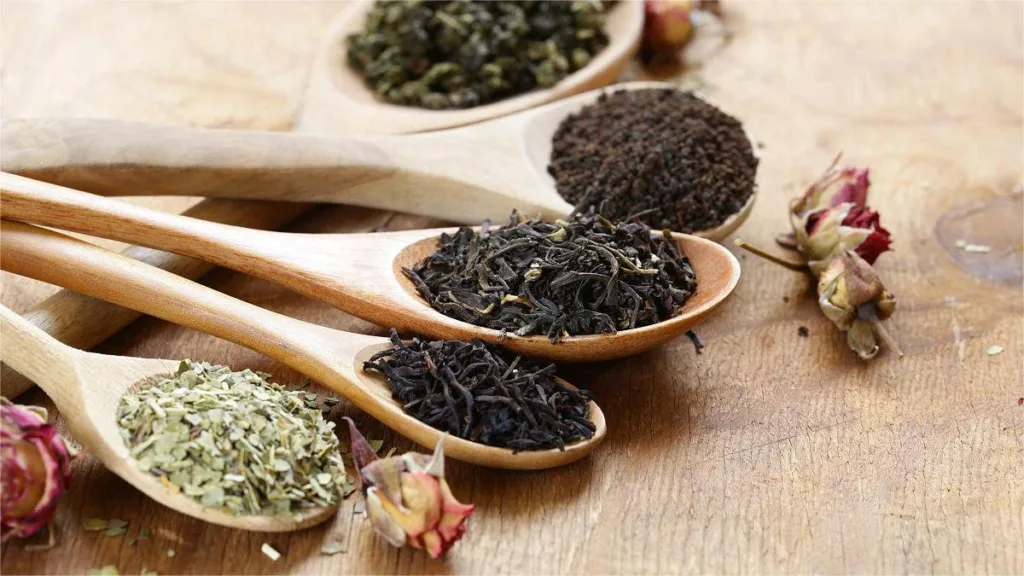Tea bags and loose Chinese tea leaves each have their own merits and downsides. The origins of tea bags, stemming from an accidental innovation in 1908 by a New York tea merchant named Thomas Sullivan, were initially meant for convenience and hygiene. However, they evolved into various forms, from traditional flat tea bags to pyramid-shaped ones, impacting how the tea leaves interact during brewing.
The convenience of tea bags is undeniable. They come pre-measured, making them suitable for beginners and eliminating the need for tea utensils and post-brew cleanup. Yet, for seasoned tea enthusiasts, this convenience may strip away the joy of the traditional brewing process, which involves careful selection of leaves, water temperature, and timing—a meticulous art that infuses the tea with a unique soul, delivering an exquisite taste and a sense of accomplishment.
In terms of flavor, loose leaf tea tends to offer a more nuanced experience. With intact or partially broken leaves, it retains aromatic oils, resulting in a richer brew with layers of flavors. Commercial tea bags, filled with tea dust or fannings, allow for quicker steeping but often lack the depth of flavor found in loose leaf tea. The production process of tea bags can lead to a loss of the tea’s inherent aromas, while the increased release of tannins during brewing can enhance bitterness. Additionally, properly stored loose leaf tea tends to retain its freshness longer compared to tea bags.
Regarding pricing, there’s a misconception that loose leaf tea is more expensive. However, the amount needed per cup is minimal, especially since some teas, like oolong, can be steeped multiple times. While individual tea bags might seem cost-effective, they generally offer limited usage and are comparable in price to loose leaf tea. Moreover, loose leaf tea has a longer shelf life than tea bags, making it a more suitable choice for habitual tea drinkers.
Environmental concerns also come into play. Though there are biodegradable tea bag options available, many still contain small amounts of non-degradable plastic. In this aspect, loose leaf tea emerges as the more environmentally friendly choice.
Ultimately, while loose leaf tea demands more effort in preparation, it boasts a distinctive flavor profile. Conversely, tea bags, while convenient, might sacrifice the natural and robust flavors found in loose leaf tea due to commercial processing.
In conclusion, given ample time, high-quality loose leaf tea undoubtedly stands out over tea bags. However, for those seeking convenience without compromising too much on taste, opting for tea bags might be a reasonable choice. It all comes down to balancing convenience, flavor preferences, and the pleasure derived from the brewing process.



